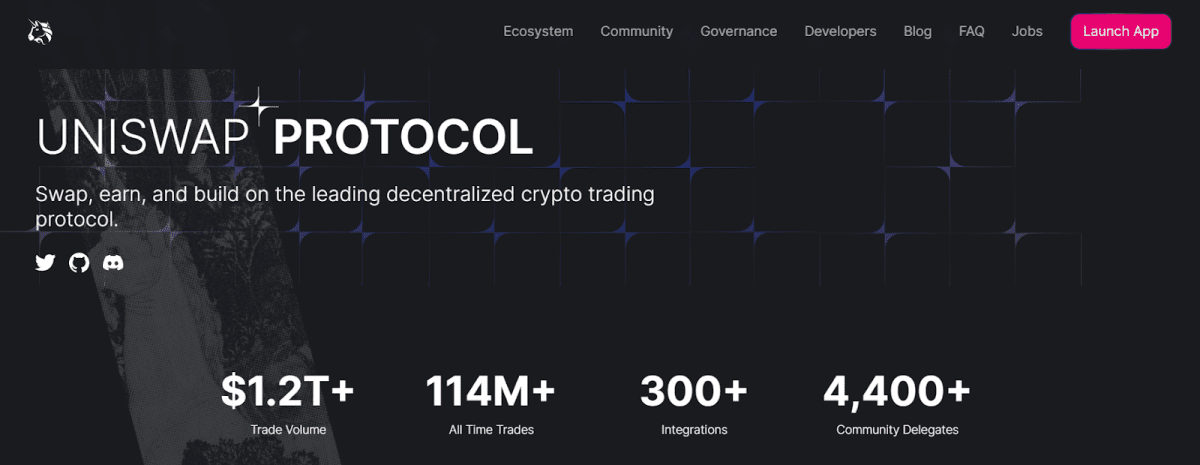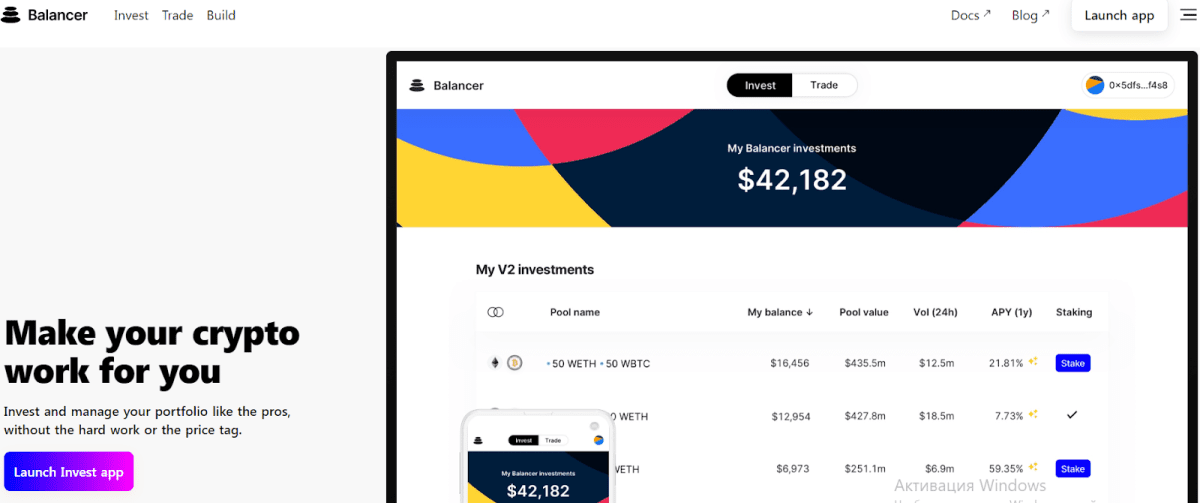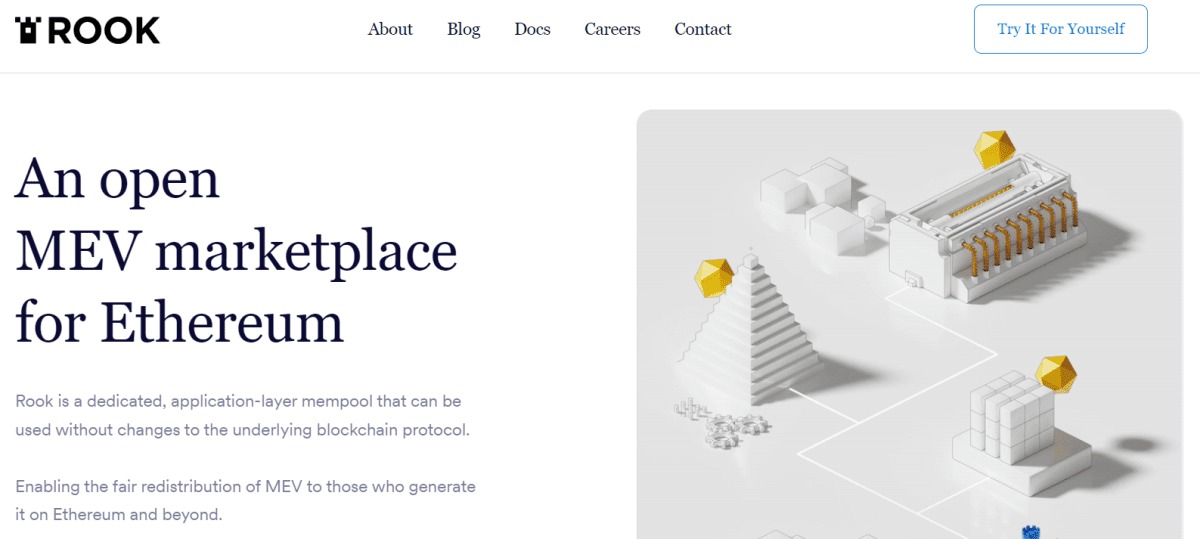To participate in this process, investors deposit their cryptocurrencies into liquidity pools – special self-executing smart contracts that contain locked tokens. As a thank you for providing liquidity, decentralized exchanges pay these clients a percentage fee.
To better understand how this mechanism works, let's compare centralized and decentralized exchanges. The former use the “order book”, comparing buyers and sellers according to certain criteria. The latter are automated market makers (AMM) and provide users with automatic transactions: traders, without the mediation of the exchange, interact directly with the liquidity pool. The higher the liquidity, the less slippage (execution of orders at the worst price) when trading. Therefore, DEXes are interested in investors locking their funds in pools.
Liquidity provision can vary from low to extreme levels of risk, depending on the cryptocurrency pair. The advantages of this method are high potential profit and availability. Disadvantages are volatility and a phenomenon known as “non-permanent loss” (the difference in the asset’s value when depositing and withdrawing funds, which can offset the amount of remuneration).
The Best Platforms for Providing Liquidity
Uniswap
Uniswap is one of the first, most popular and trusted decentralized exchanges. It offers a large number of large liquidity pools. Basically, they are ETH or WETH (wrapped ETH) cryptocurrency pairs with stablecoins. Such pools are characterized by stability and low risk of loss. However, Uniswap can also provide liquidity for more volatile and unpopular pairs. The exchange charges a fee of 0.3% for making trades on its platform. Part of the commission is distributed among the liquidity providers, in accordance with their contribution share.
PancakeSwap
One of the most visited DEXes. PancakeSwap is more suitable for those who can afford a higher risk. The pool Connection takes place after the investor blocks its service token CAKE on the platform. Many prefer to provide liquidity for the CAKE-BNB cryptocurrency pair, which pays 22-43% in rewards.
Balancer
A decentralized exchange that supports the Ethereum blockchain and also offers portfolio management. DEX pools have flexible settings, liquidity can be added or withdrawn. Thanks to Balancer's modular protocol, private and public pools are supported on the platform. Using private pools, the owner can adjust their parameters and make changes to the smart contract. In addition, liquidity providers receive BAL governance tokens.
Rook (former KeeperDAO)
An Ethereum-based DeFi protocol that incorporates the features of a decentralized exchange. The platform offers five different liquidity pools to earn ROOK tokens. Clients use the funds contained in the term loan pools.
There are many more DEXes and protocols that offer anyone to connect to their liquidity pools, such as Bancor, Convexity Protocol, DeversiFi, Kyber. The need for liquidity in the decentralized finance sector is increasing every year, so investors have more and more new strategies for passive income.






